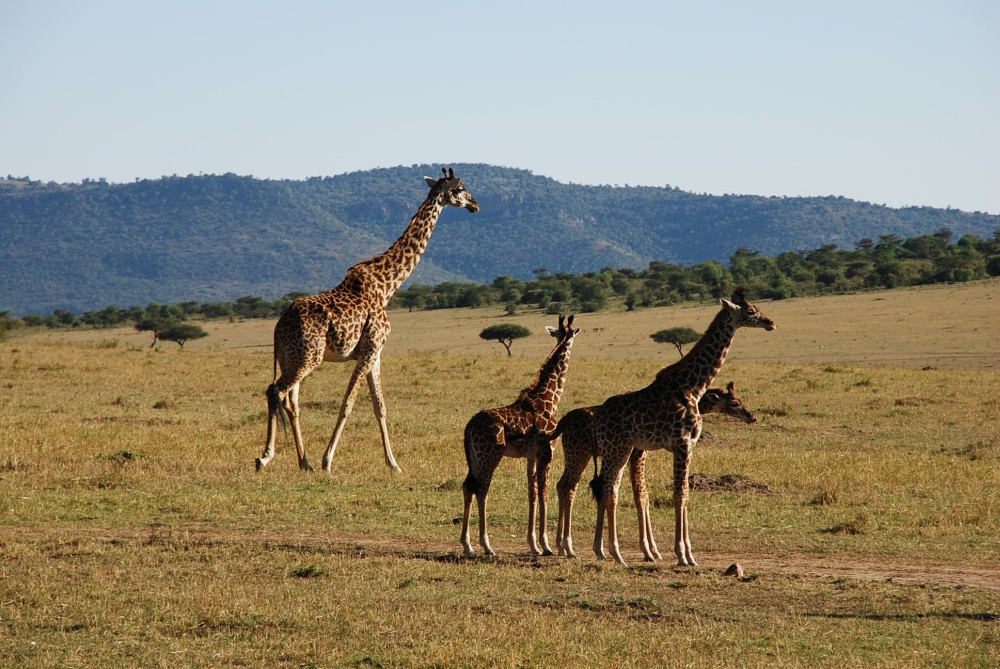-
Tarangire National Park
-
Hadzabe tribe (Survival training)
-
Ngorongoro Crater
-
Serengeti National Park
-
Wildebeests migration
-
Maasai village
-
Lake Manyara National Park
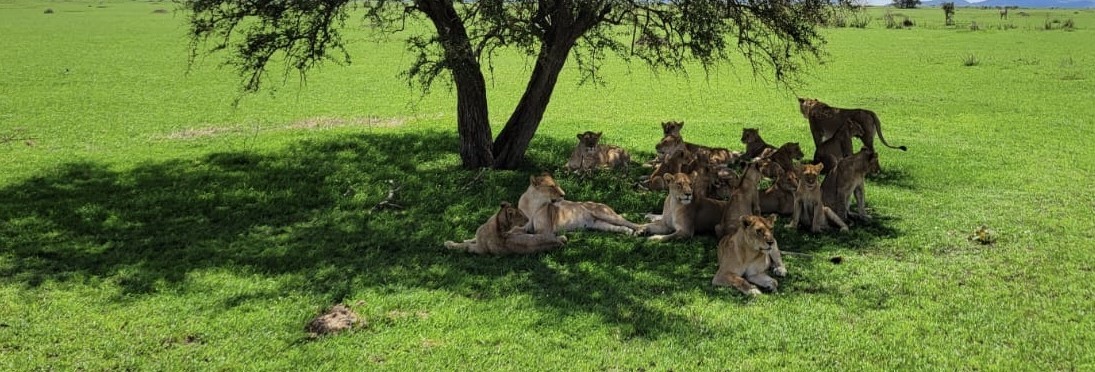
DAY 1:
KILIMANJARO AIRPORT – ARUSHA
We will meet you at Kilimanjaro International Airport. Transfer to Arusha for short briefing. Then time to prepare and rest before the safari, dinner and overnight at Outpost lodge or equivalent.
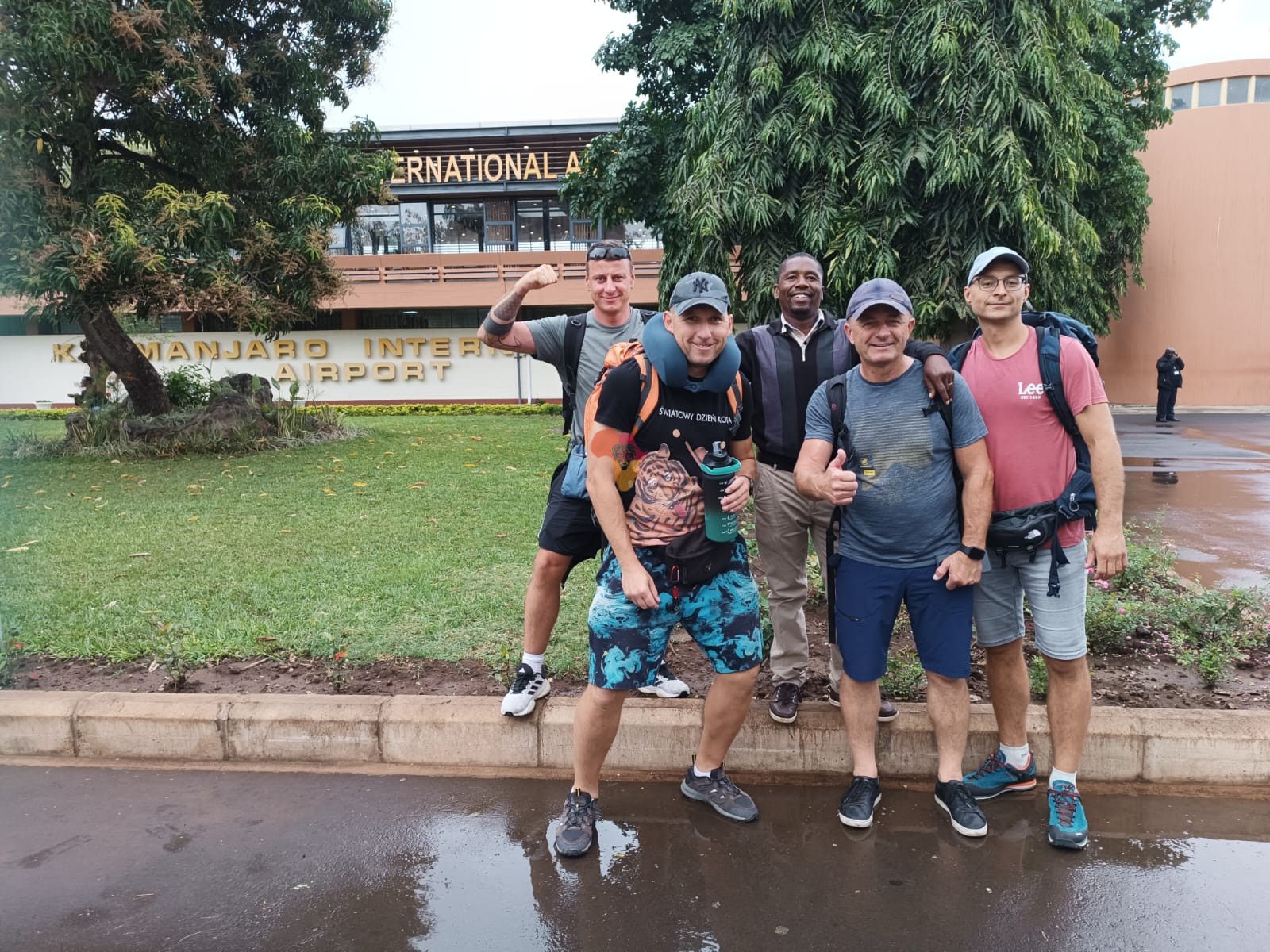
DAY 2:
ARUSHA -TARANGIRE NATIONAL PARK
Tarangire National Park, located in northern Tanzania, is one of the country’s most celebrated wildlife destinations. It is known for its unique landscapes, large elephant herds, and a rich diversity of flora and fauna.
Key Highlights of Tarangire National Park
- Size and Location
- Covering approximately 2,850 square kilometers (1,100 square miles), Tarangire is the sixth-largest national park in Tanzania.
- It lies about 118 kilometers (73 miles) southwest of Arusha and is part of the northern safari circuit, often combined with Serengeti, Ngorongoro, and Lake Manyara.
- Distinctive Landscape
- The park features rolling savannahs, woodlands, and swamps.
- The most iconic feature is its baobab trees, also called the “trees of life,” which dominate the landscape.
Wildlife in Tarangire
- Elephants
- Tarangire is famous for hosting large herds of elephants—one of the highest concentrations in Africa.
- During the dry season, elephants gather near the Tarangire River, the park’s lifeline.
- Big Cats
- Predators such as lions, leopards, and cheetahs are present in the park. Lions often climb trees here, which is a rare behavior.
- Giraffes and Antelope
- The park is home to Masai giraffes, impalas, Grant’s gazelles, wildebeests, and zebras, which are common sights.
- Birdlife
- Tarangire is a birdwatcher’s paradise with over 550 recorded species, including the kori bustard, the largest flying bird, and colorful species like lovebirds and bee-eaters.
- Rare Species
- Lesser-known species like the fringe-eared oryx, greater kudu, and generuk (giraffe gazelle) can also be spotted.
- Seasonal Migration
- During the dry season (June–October), the park attracts migrating herds of wildebeest, zebras, and elephants.
- The Tarangire River becomes the primary water source, attracting a diversity of wildlife.
Other Notable Features
- Baobab Trees
- These ancient giants, capable of storing water, are a defining symbol of Tarangire and provide a striking contrast to the wildlife.
- Swamps
- The park’s swamps support a unique ecosystem, home to wading birds and water-dependent species like reedbucks.
- Proximity to Indigenous Cultures
- The area around Tarangire is home to the Maasai and Barabaig tribes, offering cultural experiences for visitors.
Best Time to Visit
- Dry Season (June–October): Ideal for game viewing as wildlife congregates near the river.
- Green Season (November–May): Lush landscapes and excellent birdwatching, though animals disperse.
Tarangire National Park’s blend of stunning landscapes, unique wildlife, and tranquil atmosphere makes it a must-visit destination for nature enthusiasts and safari lovers.
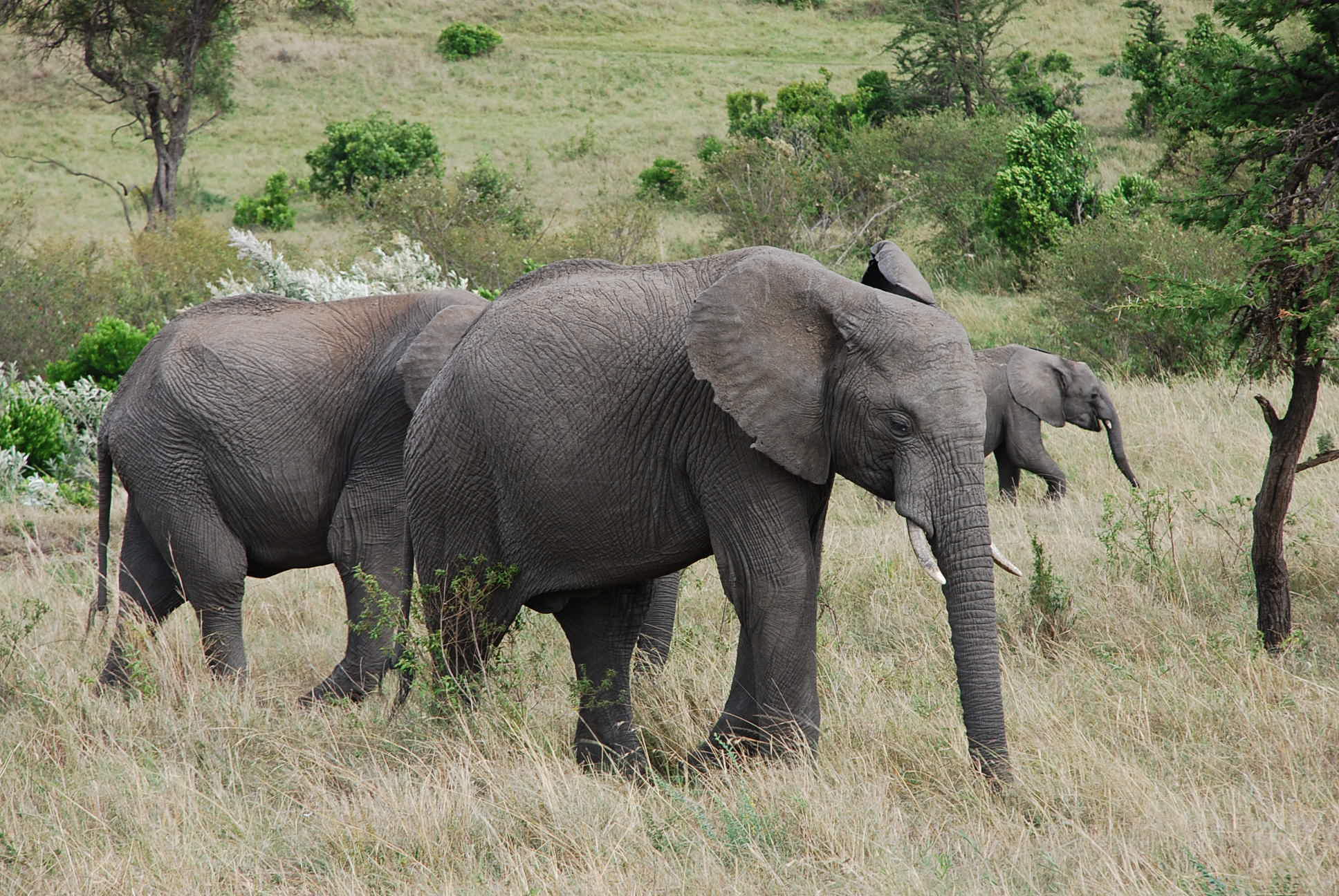
DAY 3:
TARANGIRE – LAKE MANYARA NATIONAL PARK
Early morning walks at Tarangire before departing for Lake Eyasi via Lake Manyara National Park with picnic lunch. The name Manyara comes from the Maasai word emanyara (Euphorbia tirucalli) that is grown into a hedge around a family homestead, the park boasts rich ground water forest, lakeside grassland and an abundant variety of trees and shrubs and famous for its flamingoes, pelicans, storks and shorebirds. Spectacular of park are tree climbing lions, elephants and large group of olive baboon. Afternoon drive to Mang’ola village for sunset on shore Lake Eyasi and surroundings. Dinner and overnight at Eyasi Lodge or equivalent / Ng’ula sunset camp or budget lodge (Lake Eyasi Motel.
DAY 4:
LAKE EYASI – KARATU / NGORONGORO
Lake Eyasi, located in northern Tanzania, is a salt lake in the Rift Valley that offers visitors a chance to explore its unique natural beauty, cultural heritage, and wildlife. Here are some of the top things to experience at Lake Eyasi:
1. Interact with Indigenous Tribes
- Hadzabe Tribe: Spend time with the Hadzabe, one of the last hunter-gatherer tribes in Africa. You can learn about their traditional way of life, hunting techniques, and use of medicinal plants.
- Datoga Tribe: Visit the Datoga tribe, known for their blacksmithing skills. Watch them create traditional tools and jewelry while learning about their customs and traditions.
2. Explore the Lake and Its Surroundings
- Bird Watching: Lake Eyasi is a haven for bird enthusiasts, with a wide variety of species, including flamingos, pelicans, and storks.
- Nature Walks: Take a guided walk along the shores of the lake to enjoy the unique landscape and observe local flora and fauna.
3. Cultural Tours
- Visit local villages and markets to experience the daily life of the communities living around the lake.
- Participate in traditional dances, storytelling, or cooking with local families.
4. Hiking and Trekking
- Explore the nearby hills and valleys, which offer scenic views of the lake and the surrounding wilderness.
5. Photography Opportunities
- Capture stunning sunsets over the lake, traditional tribal life, and the stark beauty of the salt flats.
6. Camping
- Stay in one of the campsites near the lake to immerse yourself in nature and enjoy the tranquility of the area.
7. Wildlife Spotting
- Although the lake area is not a traditional wildlife destination, you may encounter small mammals, reptiles, and a variety of birds in the surrounding savannah.
8. Visit Local Farms
- Learn about local farming techniques, as communities around Lake Eyasi grow crops like onions and maize.
9. Seasonal Experiences
- Dry Season (June to October): Perfect for cultural interactions and exploring the salt flats.
- Wet Season (November to May): The lake fills with water, attracting more birds and offering a different landscape.
10. Combine with Nearby Attractions
- Ngorongoro Conservation Area: Lake Eyasi is close to Ngorongoro, making it a great addition to your safari itinerary.
- Lake Manyara National Park: Another nearby destination for wildlife and nature lovers.
Would you like more details about any of these activities or help planning a trip?

DAY 5:
NGORONGORO CRATER – OLDUVAI GORGE – SERENGETI
The Ngorongoro Crater, located in northern Tanzania, is one of Africa’s most breathtaking natural wonders. It is part of the larger Ngorongoro Conservation Area, a UNESCO World Heritage Site. Here’s an overview of the crater:
Key Features:
- Formation:
The Ngorongoro Crater is the largest unbroken and unflooded volcanic caldera in the world. It formed around 2-3 million years ago when a massive volcano erupted and collapsed in on itself. - Size:
The crater has a diameter of about 19 kilometers (12 miles) and covers an area of approximately 264 square kilometers (102 square miles). The crater walls rise up to 600 meters (2,000 feet) high. - Wildlife:
It is often referred to as a “Garden of Eden” due to its dense concentration of wildlife. The crater is home to around 25,000 large animals, including:- Lions, elephants, zebras, buffalos, hippos, and gazelles.
- Rare species like the black rhinoceros.
- A wide variety of bird species, including flamingos, which thrive around Lake Magadi, a soda lake at the crater floor.
- Ecology:
The crater hosts several ecosystems, including grasslands, acacia forests, swamps, and a soda lake. This diversity supports the rich array of wildlife. - Human Presence:
The area is also home to the Maasai people, who have grazed their livestock in the region for centuries. The Maasai coexist with the wildlife, practicing traditional lifestyles. - Tourism:
The Ngorongoro Crater is one of Tanzania’s most popular tourist destinations, offering unparalleled game drives, birdwatching, and breathtaking scenery. - Conservation:
The Ngorongoro Conservation Area balances wildlife preservation with sustainable human habitation. Efforts are in place to protect endangered species and maintain the area’s unique biodiversity.
FACT ABOUT OLDUVAI GORGE
Olduvai Gorge, located in northern Tanzania, is one of the most important paleoanthropological sites in the world. It is often referred to as the “Cradle of Mankind” because of its significant contributions to our understanding of early human evolution. Here are some key facts about Olduvai Gorge:
1. Location
- Olduvai Gorge is part of the Great Rift Valley and stretches approximately 48 kilometers (30 miles).
- It is situated near the Ngorongoro Conservation Area, a UNESCO World Heritage Site.
2. Significance in Human Evolution
- The gorge has provided an extensive record of early human ancestors, spanning about 2 million years.
- Fossil discoveries here include remains of Homo habilis, Homo erectus, and early modern humans (Homo sapiens).
- It has also yielded stone tools, evidence of tool use, and animal bones with cut marks, which shed light on early hominin behavior and diet.
3. Key Discoveries
- In 1959, Mary and Louis Leakey discovered Paranthropus boisei, an early hominin species, at the site.
- The Leakeys also found some of the earliest stone tools, dating back about 1.8 million years.
- More recent excavations have uncovered footprints and other evidence of social and environmental adaptations.
4. Geological Features
- The site consists of several sedimentary layers that provide a timeline of ancient environments and the creatures that lived in them.
- Volcanic ash deposits in the gorge allow for precise dating of fossils and artifacts using radiometric techniques.
5. Tourism and Education
- Olduvai Gorge is a popular destination for tourists interested in archaeology and history.
- The Olduvai Gorge Museum, located nearby, offers exhibits on early human evolution and the Leakeys’ groundbreaking work.
Would you like more details about the discoveries, the Leakey family, or how to visit Olduvai Gorge?
Would you like to explore specific details, such as travel tips, history, or nearby attractions?
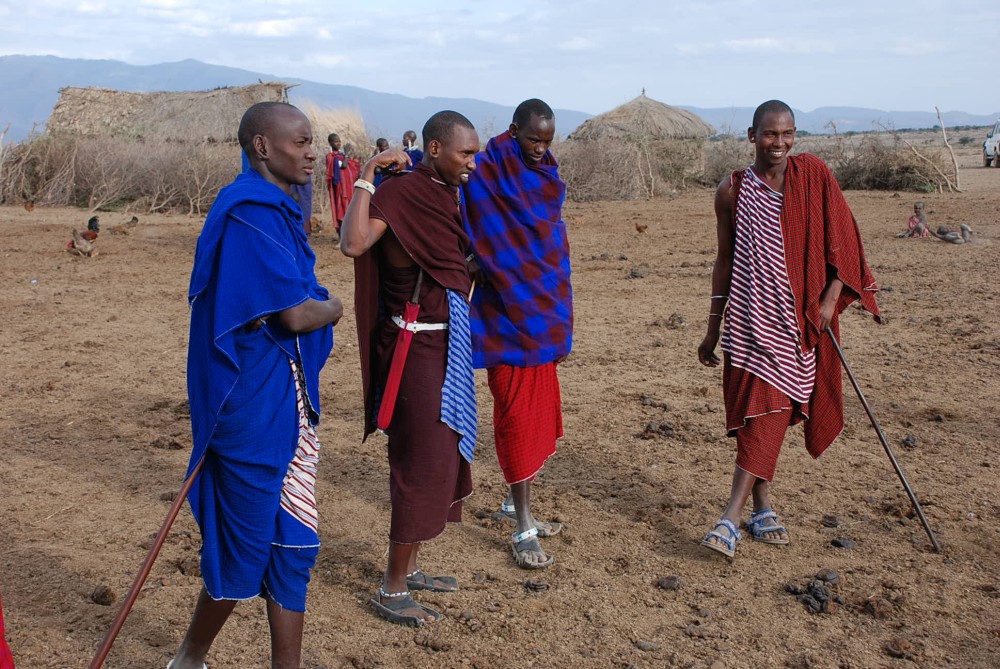
DAY 6:
SERENGETI NATIONAL PARK
The Serengeti National Park in Tanzania is one of the most iconic wildlife destinations in the world. It offers a variety of unforgettable experiences for nature enthusiasts and adventure seekers. Here’s a list of things to experience in the Serengeti:
1. Witness the Great Migration
- What: Watch millions of wildebeest, zebras, and gazelles migrate across the plains in search of water and fresh grazing.
- When: This phenomenon occurs year-round, but the most dramatic river crossings at the Mara River typically happen from July to October.
2. Game Drives
- What: Embark on morning, afternoon, or full-day safaris to spot the “Big Five” (lion, leopard, elephant, buffalo, and rhinoceros) as well as cheetahs, hyenas, and giraffes.
- Best Time: Early morning and late afternoon when animals are most active.
3. Hot Air Balloon Safari
- What: Float above the vast Serengeti plains at sunrise for breathtaking aerial views of wildlife and the landscape.
- Highlight: End the ride with a champagne breakfast in the bush.
4. Visit Seronera Valley
- What: A prime wildlife area known for year-round water sources, attracting predators like lions, leopards, and cheetahs.
- Why: It’s a great spot for those keen on predator action and photography.
5. Explore the Grumeti River
- What: Observe crocodiles and hippos in their natural habitat, especially during the migration when wildebeest cross the river.
- Best Time: May to June.
6. Cultural Experiences with the Maasai People
- What: Learn about the traditions, dances, and daily life of the Maasai, one of East Africa’s most iconic tribes.
- Why: Gain a deeper understanding of local culture and history.
7. Spot Rare Wildlife
- What: Look out for rarer species like African wild dogs, servals, caracals, and various bird species.
- Why: The Serengeti is home to over 500 bird species and many unique animals.
8. Camping Under the Stars
- What: Stay in luxury tented camps or mobile camps that immerse you in the wilderness.
- Highlight: Fall asleep to the sounds of nature, including roaring lions and hooting owls.
9. Discover Moru Kopjes
- What: These granite rock formations are perfect for spotting lions lounging in the sun and black rhinos grazing.
- Highlight: Visit the Gong Rock with Maasai carvings and ancient rock art.
10. Birdwatching
- What: Spot flamingos, crowned cranes, secretary birds, and more.
- When: Best during the wet season (November to April) when migratory birds arrive.
11. Photography Safari
- What: Capture breathtaking landscapes, wildlife, and sunsets.
- Why: The Serengeti’s golden light and open plains make it a photographer’s paradise.
12. Explore Hidden Gems in Northern Serengeti
- What: Escape the crowds and enjoy the pristine wilderness of the northern region, particularly around the Mara River.
- Why: Excellent for spotting elusive species and enjoying private game-viewing experiences.
13. Visit the Lobo Valley
- What: A lesser-visited area that offers stunning landscapes, fewer crowds, and abundant wildlife.
- Highlight: Best during the dry season (June to October) for large gatherings of animals.
14. Enjoy a Sundowner
- What: Savor drinks and snacks while watching the sun set over the Serengeti plains.
- Why: It’s a magical way to end the day in the wilderness.
Each experience in the Serengeti is unique, offering a blend of wildlife, culture, and adventure. It’s truly a bucket-list destination for travelers!
DAY 7:
SERENGETI NATIONAL PARK – LAKE NATRON
Lake Natron in northern Tanzania is a truly unique and otherworldly destination. Known for its stark beauty and ecological significance, it offers incredible experiences for adventurous travelers. Here’s what you can experience at Lake Natron:
1. Flamingo Watching
- Highlights: Lake Natron is one of the world’s most important breeding grounds for lesser flamingos. During the breeding season (June–November), the lake hosts millions of these birds, offering breathtaking sights.
- Tip: Bring binoculars or a camera with a zoom lens for close-up views of the flamingos.
2. Hiking to Engaresero Waterfalls
- Adventure: Take a guided hike through rocky terrain and small gorges to reach the Engaresero waterfalls, where you can cool off in refreshing natural pools.
- Difficulty: Moderate; the trail includes some scrambling over rocks.
3. Exploring the Lake’s Unique Landscape
- Description: The lake is known for its high alkalinity and striking red hues caused by salt-loving microorganisms. The surreal, almost Martian landscape is a photographer’s dream.
- Caution: Avoid direct contact with the lake water as it can be caustic due to its high alkalinity.
4. Views of Ol Doinyo Lengai Volcano
- Experience: Known as the “Mountain of God” to the Maasai, this active volcano offers dramatic views from the lake. Adventurous hikers can climb it for sunrise, but the trek is challenging.
- Fun Fact: Ol Doinyo Lengai is the only volcano that emits natrocarbonatite lava, which is cooler and appears black when it flows.
5. Cultural Encounters with the Maasai
- Interaction: Visit Maasai villages near Lake Natron to learn about their traditional way of life, customs, and beliefs.
- Activities: Participate in traditional dances, hear stories, or shop for handcrafted jewellery.
6. Stargazing
- Why it’s special: With minimal light pollution, the skies above Lake Natron offer a spectacular view of the Milky Way and countless stars.
- Best Time: Clear nights during the dry season (June–October).
7. Nature Walks and Bird Watching
- Diversity: Besides flamingos, the lake supports other bird species such as pelicans, African fish eagles, and herons. Guided nature walks provide insights into the local flora and fauna.
8. Learning About Lake Natron’s Mystical Qualities
- Myth and Science: The lake is known for its ability to “mummify” animals that come into contact with its highly saline water. While this may sound eerie, it’s a natural process caused by the lake’s chemical composition.
- Photography: Take dramatic photos of the calcified remains along the shoreline.
Travel Tips
- Best Time to Visit: The dry season (June to October) offers better access, clear skies, and prime wildlife viewing.
- Packing Essentials: Bring sturdy hiking shoes, a wide-brim hat, sunscreen, and plenty of water.
- Guides: Top Of Africa has team of local guides for safe and informative explorations.
Lake Natron is remote and rugged, making it perfect for travelers seeking off-the-beaten-path adventures and breathtaking natural beauty. Let me know if you’d like tips on planning your trip!
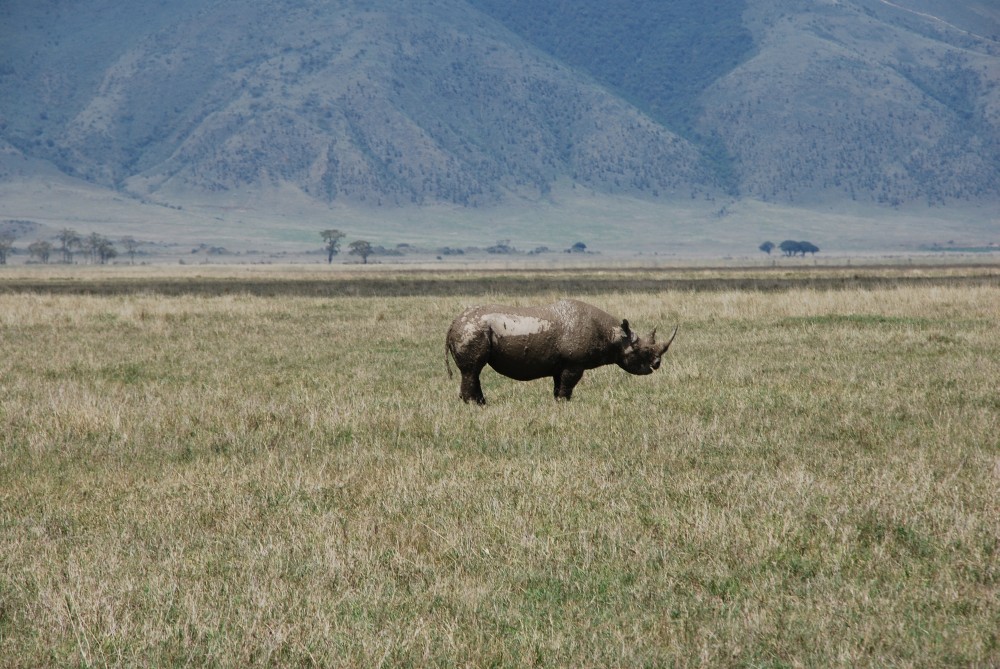
DAY 8:
LAKE NATRON – MTO WA MBU
After breakfast drive to Mto Wa Mbu via Engaruka village, enroute you’ll have chance to visit Maasai boma and ruins while heading to Mto Wa Mbu for dinner and overnight at Ol Mesera tented camp (or equivalent), budget can do camping too.
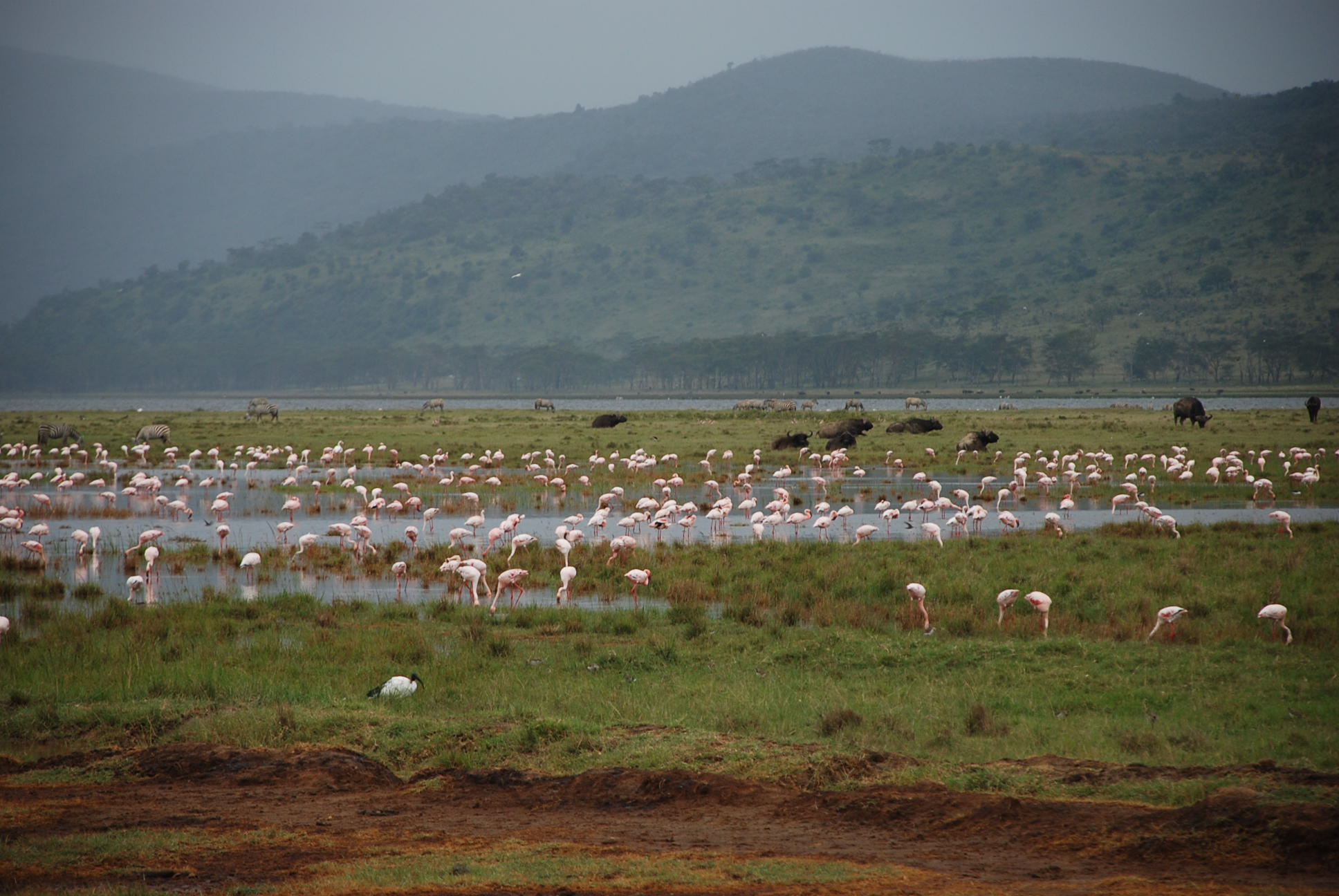
DAY 9:
MTO WA MBU – ARUSHA
Mto wa Mbu, located near Lake Manyara National Park in northern Tanzania, is a vibrant township known for its cultural diversity and scenic beauty. Here are some must-experience activities in Mto wa Mbu:
1. Cultural Tours
- Meet Local Tribes: Mto wa Mbu is home to over 120 ethnic groups, making it a melting pot of cultures. Learn about the traditions of the Maasai, Chagga, Iraqw, and other communities.
- Traditional Food Experience: Enjoy authentic Tanzanian dishes like banana stew, ugali, and nyama choma. You can also visit banana plantations and taste various types of bananas.
- Artisan Workshops: Visit local artists and craftsmen creating beautiful paintings, sculptures, and carvings.
2. Bike Tours
- Cycle through lush landscapes, rice paddies, banana plantations, and small villages. It’s a fantastic way to explore the countryside and interact with locals.
3. Lake Manyara Activities
- Visit the shores of Lake Manyara to enjoy stunning views, spot flamingos, and observe other bird species. It’s a birdwatcher’s paradise.
- Participate in canoeing trips (seasonal) for a unique perspective of the area.
4. Explore the Local Market
- The bustling Mto wa Mbu market offers an authentic shopping experience. Browse for fresh produce, spices, handmade crafts, and souvenirs.
5. Village Walks
- Guided walks through the village provide insights into daily life, farming practices, and the rich history of the area.
6. Adventure and Wildlife
- Combine your visit with a trip to nearby Lake Manyara National Park, famous for tree-climbing lions, elephants, and diverse wildlife.
- Enjoy hiking trails that lead to waterfalls and scenic viewpoints in the Rift Valley escarpment.
7. Banana and Rice Plantations
- Tour the vast banana plantations and learn about the many banana varieties grown here. Discover the process of rice cultivation in the lush fields.
8. Evening Dance and Music Performances
- Experience traditional Maasai or Iraqw dance and music performances, often organized for visitors.
9. Tasting Local Banana Beer
- Sample “mbege,” a traditional banana beer made by the Chagga people. It’s a unique local beverage worth trying.
10. Stay with a Local Family
- Opt for a homestay to fully immerse yourself in local culture, enjoy homemade meals, and learn about the community’s lifestyle.
11. Visit Local Schools or Community Projects
- Many visitors enjoy supporting or visiting schools, women’s cooperatives, or community development initiatives in the township.
Would you like recommendations on tour guides, accommodations, or more specific activities?
After lunch leaving for Arusha or Kilimanjaro airport depend on your flight schedule.
